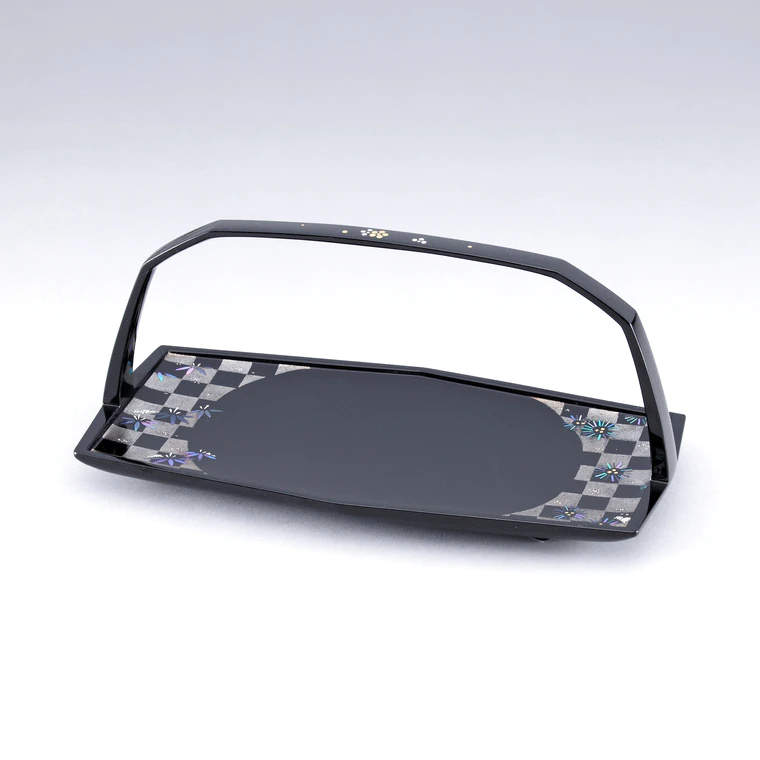Makie Tray "Pine, Bamboo and Plum"
H 14.0 x W 30.5 x D 15.3 cm,Year.2020The prices of the artworks on Gallery Japan are determined by the artists themselves and are published directly on the website.
- according to today's currency rate
- shipping fees not included
Eishi Shimizu
1958 -- Lacquerware
-
Price Range
$18,000 - 21,000
Info
The prices of the artworks on Gallery Japan are determined by the artists themselves and are published directly on the website.
close - Awards at Japan Kōgei Assoc. Exhibitions : 1
Description
-
CategoryLacquerware
-
MaterialsStraight-grained cypress
-
DimensionsH 14.0 x W 30.5 x D 15.3 cm
-
Year presented2020
-
RarityUnique
Techniques Used
Maki-e
Maki-e (literally “sprinkled pictures”) is a representative lacquerware technique that originated in Japan around 1,200 years ago. Maki-e is done by painting lacquer motifs on the surface of a piece using a fine brush and then sprinkling gold powder onto the lacquer before it hardens, producing luxurious decorations.
Mother-of-pearl inlay (Raden)
Mother-of-pearl inlay (Raden) is a decorative technique that uses the iridescent inner layer of abalone shell, turban shell, pearl oyster shell, or other mollusk shells. The technique came to Japan from China 1,300 years ago, and pieces featuring mother-of-pearl inlay are included among the artifacts at the Shōsōin Repository in Nara.
Eggshell inlay
Eggshell inlays (rankaku) are created by applying finely crushed eggshells to painted lacquer motifs. The eggshells make it possible to create vivid whites, a color that is difficult to reproduce with colored lacquer. Normally, the shells of quail eggs are used.
Selected exhibitions
- The 61th Ishikawa Traditional Kōgei Exhibition (2020)
- Selected

The prices of the artworks on Gallery Japan are determined by the artists themselves and are published directly on the website.
